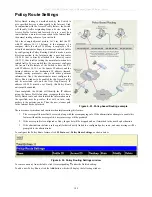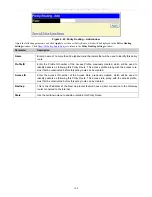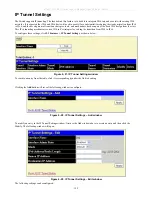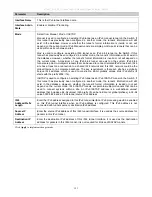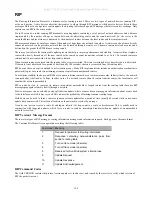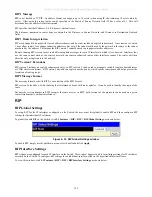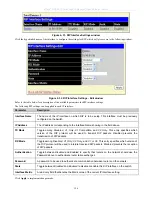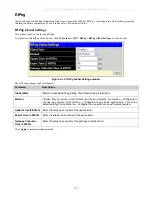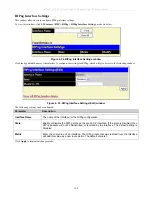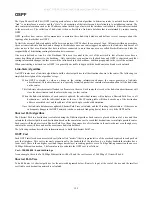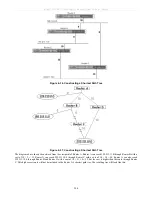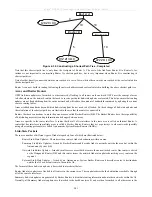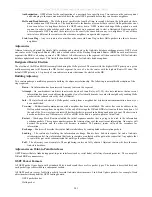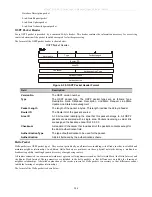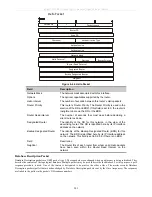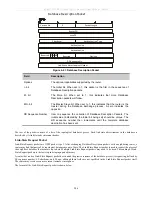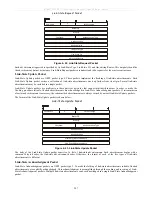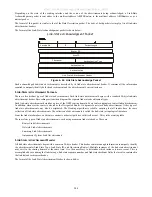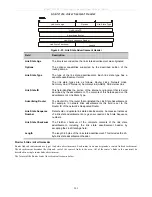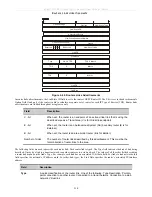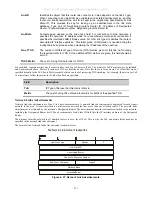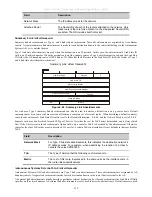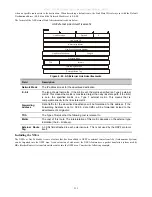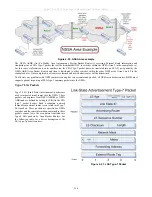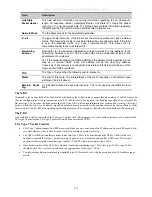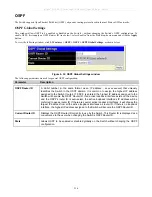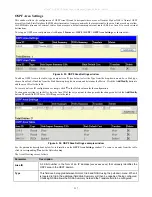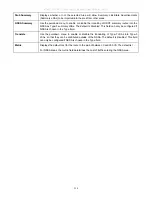
xStack
®
DGS-3600 Series Layer 3 Managed Gigabit Ethernet Switch
Authentication
−
OSPF allows for the configuration of a password for a specific area. Two routers on the same segment
and belonging to the same area must also have the same OSPF password before they can become neighbors.
Hello and Dead Intervals
−
The Hello interval specifies the length of time, in seconds, between the hello packets that a
router sends on an OSPF interface. The dead interval is the number of seconds that a router’s Hello packets have not
been seen before its neighbors declare the OSPF router down. OSPF routers exchange Hello packets on each
segment in order to acknowledge each other’s existence on a segment and to elect a Designated Router on multi-
access segments. OSPF requires these intervals to be exactly the same between any two neighbors. If any of these
intervals are different, these routers will not become neighbors on a particular segment.
Stub Area Flag
−
Any two routers also must have the same stub area flag in their Hello packets in order to become
neighbors.
Adjacencies
Adjacent routers go beyond the simple Hello exchange and participate in the link-state database exchange process. OSPF elects
one router as the Designated Router (DR) and a second router as the Backup Designated Router (BDR) on each multi-access
segment (the BDR is a backup in case of a DR failure). All other routers on the segment will then contact the DR for link-state
database updates and exchanges. This limits the bandwidth required for link-state database updates.
Designated Router Election
The election of the DR and BDR is accomplished using the Hello protocol. The router with the highest OSPF priority on a given
multi-access segment will become the DR for that segment. In case of a tie, the router with the highest Router ID wins. The
default OSPF priority is 1. A priority of zero indicates a router that cannot be elected as the DR.
Building Adjacency
Two routers undergo a multi-step process in building the adjacency relationship. The following is a simplified description of the
steps required:
Down
−
No information has been received from any router on the segment.
Attempt
−
On non-broadcast multi-access networks (such as Frame Relay or X.25), this state indicates that no recent
information has been received from the neighbor. An effort should be made to contact the neighbor by sending Hello
packets at the reduced rate set by the Poll Interval.
Init
−
The interface has detected a Hello packet coming from a neighbor but bi-directional communication has not yet
been established.
Two-way
−
Bi-directional communication with a neighbor has been established. The router has seen its address in the
Hello packets coming from a neighbor. At the end of this stage the DR and BDR election would have been done. At
the end of the Two-way stage, routers will decide whether to proceed in building an adjacency or not. The decision is
based on whether one of the routers is a DR or a BDR or the link is a point-to-point or virtual link.
Exstart
−
(Exchange Start) Routers establish the initial sequence number that is going to be used in the information
exchange packets. The sequence number insures that routers always get the most recent information. One router will
become the primary and the other will become secondary. The primary router will poll the secondary for
information.
Exchange
−
Routers will describe their entire link-state database by sending database description packets.
Loading
−
The routers are finalizing the information exchange. Routers have link-state request list and a link-state
retransmission list. Any information that looks incomplete or outdated will be put on the request list. Any update that
is sent will be put on the retransmission list until it gets acknowledged.
Full
−
The adjacency is now complete. The neighboring routers are fully adjacent. Adjacent routers will have the same
link-state database.
Adjacencies on Point-to-Point Interfaces
OSPF Routers that are linked using point-to-point interfaces (such as serial links) will always form adjacencies. The concepts of
DR and BDR are unnecessary.
OSPF Packet Formats
All OSPF packet types begin with a standard 24-byte header and there are five packet types. The header is described first, and
each packet type is described in a subsequent section.
All OSPF packets (except for Hello packets) forward link-state advertisements. Link-State Update packets, for example, flood
advertisements throughout the OSPF routing domain.
OSPF packet header
Hello packet
203

